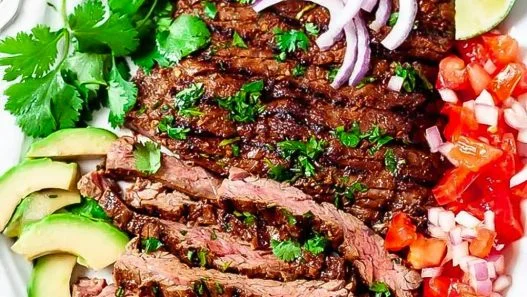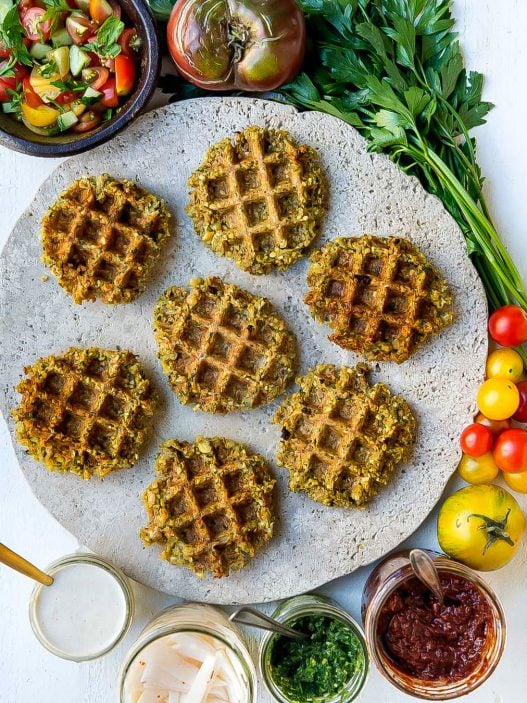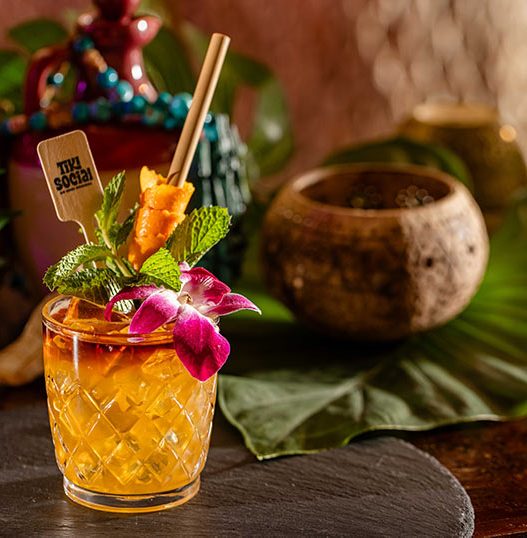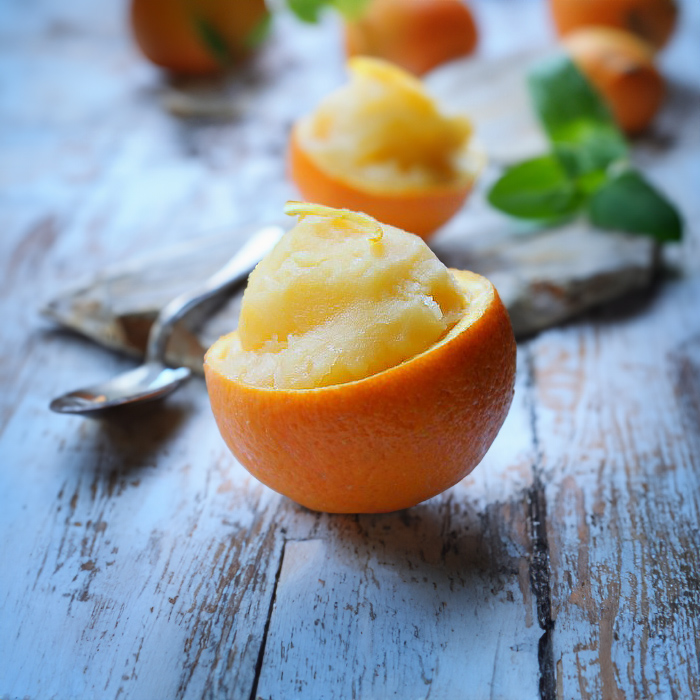Too many home-cooks are nervous about cooking lamb. Will it be dry? Will it taste like yarn? Will it be too rare? What’s the cut I should use?
The nervousness might be understandable – after all, lamb isn’t as ubiquitous in most Western supermarkets as the old pork, beef and chicken cuts – so people generally don’t get to practice cooking lamb as much as they do other proteins. But there are a lot of good arguments to be made for eating more lamb, and this guide will give you everything you need to be able to confidently navigate everything from buying, to seasoning and successfully cooking it.
Why You Should Eat More Lamb
While beef, pork and chicken often dominate Western dinner tables, lamb is an excellent alternative that actually has some unique benefits in terms of flavor, nutrition, and sustainability. Here’s why we here at Honest Cooking think you should consider incorporating more lamb into your diet:
Nutritional Benefits
- High-Quality Protein: Lamb is an excellent source of high-quality protein, essential for muscle growth and repair.
- Rich in Vitamins and Minerals: Lamb is packed with essential nutrients, including B vitamins (especially B12), zinc, iron, and selenium. These nutrients support various bodily functions, including immune health, red blood cell formation, and metabolism.
- Healthy Fats: While lamb is a source of fat, it contains conjugated linoleic acid (CLA), a type of fat that has been linked to various health benefits, including improved body composition and reduced inflammation.
Sustainability and Environmental Impact
- Grazing and Land Use: Lamb production can be more sustainable than other meats. Sheep are often raised on land unsuitable for crops, utilizing natural grasslands. This practice helps preserve open spaces and can contribute to soil health.
- Lower Carbon Footprint: In certain regions, lamb farming has a lower carbon footprint compared to beef production. Practices such as rotational grazing can enhance soil carbon sequestration, offsetting some of the emissions.
- Ethical Farming Practices: Many small-scale and family-run farms raise sheep with higher welfare standards, allowing the animals to graze freely. This often results in healthier, happier animals and higher-quality meat – which means, tasty stuff for you!
Supporting Local Agriculture
- Economic Benefits: Purchasing lamb from local farms supports the agricultural economy and helps sustain small family businesses.
- Traceability and Quality: Buying local lamb often means better traceability and quality control. You can learn more about where your meat comes from and how it was raised, ensuring you’re getting a superior product.
Health Considerations
- Lean Cuts: While lamb can be fatty, many cuts are lean and offer a healthier alternative to fatty cuts of beef. Opting for cuts like loin chops, leg of lamb, and shank can provide a nutritious, lower-fat option.
- Allergy-Friendly: For individuals with allergies to more common meats like chicken or beef, lamb can be an excellent alternative. It’s less likely to cause allergic reactions and is often recommended in elimination diets.
Ok, now that we’ve covered the “reasons WHY”, let’s move on to addressing the “HOW”.

How to Buy Lamb of High Quality
The right choice at the butcher or grocery store can make a significant difference in flavor and tenderness. From examining the color and marbling of the meat to understanding the importance of proper packaging and smell, these tips will help you pick the best lamb for your culinary masterpiece.
- Color: Fresh lamb should be a vibrant, rosy-pink color. Avoid meat that looks dull, grey, or brown as these colors indicate that the lamb is not fresh.
- Marbling: Look for fine streaks of fat interspersed within the muscle. Good marbling indicates tenderness and flavor.
- Fat: The fat should be white and firm. Yellow fat suggests the lamb is older and may be tougher.
- Smell: Fresh lamb has a mild, pleasant scent. An off or sour smell indicates spoilage.
- Packaging: Choose lamb that is tightly wrapped with no tears or excess liquid. Vacuum-sealed packaging is often a good sign of freshness.
Different Cuts of Lamb How to Use Them
Not every cut of lamb is suitable for every type of cooking technique, so here’s what you should know about some of the more common types you’ll find in your grocery store or at your local butcher. Whether you’re grilling, roasting, braising, or stewing, knowing which cuts work best for each method will definitely increase your odds of success.
- Loin Chops:
- Characteristics: Tender, small T-bone steaks.
- Uses: Ideal for quick cooking methods like grilling or pan-frying. Perfect for dishes where you want to showcase the tenderness of the meat.
- Rack of Lamb:
- Characteristics: A premium cut from the rib section, often frenched for presentation.
- Uses: Best roasted or grilled. Often served as a showpiece for special occasions due to its tenderness and presentation.
- Leg of Lamb:
- Characteristics: Available bone-in or boneless.
- Uses: Versatile; can be roasted, grilled, or slow-cooked. Boneless legs are easier to carve and can be stuffed.
- Shoulder:
- Characteristics: Tougher, with more connective tissue.
- Uses: Excellent for slow cooking methods like braising or stewing. Ideal for dishes that require long, slow cooking to break down the connective tissue.
- Shanks:
- Characteristics: Full of connective tissue and flavor.
- Uses: Best braised or slow-cooked in stews. The long cooking process renders the meat tender and flavorful.
- Ground Lamb:
- Characteristics: Versatile and flavorful.
- Uses: Perfect for making lamb burgers, meatballs, or adding to sauces. Can be used in a variety of dishes from different cuisines.

Lamb Seasonings: Adding Flavor
From traditional herbs and spices to more adventurous geographical blends, the right seasoning will elevate your lamb dishes to new heights. These are some classic and alternative flavor combinations that complement lamb well, learn how to use them to create unforgettable meals.
- Traditional Seasonings:
- Garlic and Rosemary: A classic combination that enhances the natural flavor of the lamb.
- Mint: Often used in sauces or marinades, especially in British cuisine.
- Thyme and Oregano: Common in Mediterranean dishes.
- Geographical Marinades and Rubs:
- Middle Eastern: Use a blend of cumin, coriander, cinnamon, and allspice. Add yogurt for a tenderizing marinade.
- Indian: Garam masala, turmeric, cumin, and coriander mixed with yogurt or coconut milk create a rich and flavorful base.
- Mediterranean: Lemon juice, garlic, oregano, and olive oil for a fresh and aromatic profile.
- North African: Harissa, preserved lemons, and spices like cumin, coriander, and cinnamon for a spicy and tangy marinade.
Tips for Using Rubs, Spice Mixes, and Marinades
Now that you’ve got your basic rubs and marinades covered, here are some tips on how and when use them:
- Rubs:
- How: Mix your chosen spices and herbs with a bit of olive oil to create a paste. Rub it evenly over the lamb, ensuring it’s well-coated.
- When: Apply the rub at least 1 hour before cooking, but for the best flavor, let it sit for 12-24 hours in the refrigerator.
- Duration: The longer the rub stays on the meat, the deeper the flavors will penetrate. Overnight marination is ideal for robust flavor.
- Spice Mixes:
- How: Combine dry spices and herbs. Sprinkle evenly over the lamb and gently press them into the meat.
- When: Apply spice mixes just before cooking if you’re short on time, or let the lamb sit for 30 minutes to an hour to allow the spices to mesh with the meat.
- Duration: Shorter than wet rubs, but even a brief rest period helps enhance flavor.
- Marinades:
- How: Mix acidic ingredients (like lemon juice or vinegar), oil, and seasonings. Place the lamb in a resealable bag or a shallow dish and pour the marinade over it.
- When: For best results, marinate the lamb for at least 2 hours. For tougher cuts like shoulder or shank, marinate for 12-24 hours.
- Duration: Always marinate in the refrigerator to prevent bacteria growth. Avoid marinating for too long (over 24 hours) as the acid can start to break down the meat excessively, leading to a mushy texture.
Top Lamb Cooking Methods
Different cuts of lamb are suited to various cooking methods. Whether you’re aiming for a perfectly grilled chop, a succulent roasted leg, or a tender braised shank, understanding the best techniques and practices for each cut will ensure your lamb dishes are cooked to perfection.
- Grilling:
- Best Cuts: Loin chops, rack of lamb, leg of lamb (steaks or kebabs).
- Technique: Preheat the grill to high. Season the lamb with salt, pepper, and your chosen herbs or spices. Grill to your desired doneness, typically 3-4 minutes per side for medium-rare. Let rest before serving.
- Roasting:
- Best Cuts: Rack of lamb, leg of lamb.
- Technique: Preheat the oven to 375°F (190°C). Season the lamb with a mixture of herbs, garlic, and olive oil. Roast until the internal temperature reaches 135°F (57°C) for medium-rare. Let rest for 15 minutes before carving.
- Braising:
- Best Cuts: Shoulder, shanks.
- Technique: Brown the meat in a heavy pot, then add aromatic vegetables, herbs, and a braising liquid (stock, wine, or a combination). Cover and cook at a low simmer for several hours until the meat is tender and falling off the bone.
- Stewing:
- Best Cuts: Shoulder, neck, shanks.
- Technique: Cut the meat into chunks, brown, and then simmer slowly with vegetables, herbs, and broth until tender. This method allows the flavors to meld and the meat to become incredibly tender.
- Pan-Frying:
- Best Cuts: Loin chops, cutlets.
- Technique: Heat a skillet over medium-high heat. Add a small amount of oil, season the lamb, and cook for 3-4 minutes per side for medium-rare. Let rest before serving.
Essential Tools for Cooking Lamb
Let’s be frank, you don’t really need any unique “lamb cooking equipment”, but there are some tools that you should have in your kitchen regardless if you are cooking beef, pork, chicken or lamb.From meat thermometers to Dutch ovens, these tool will make your cooking process easier, and the chances of success higher.
- Meat Thermometer: Ensures the lamb is cooked to the correct internal temperature.
- Heavy-Duty Roasting Pan: For roasting larger cuts like rack of lamb or leg of lamb.
- Dutch Oven or Slow Cooker: Ideal for braising and stewing.
- Sharp Knives: For trimming, carving, and slicing lamb.
- Grill or Grill Pan: For grilling chops or kebabs.
- Tongs and Spatula: For handling the meat without piercing it and losing juices.
Some Additional Tips for Cooking Lamb
- Resting: Allow lamb to rest after cooking. This helps the juices redistribute throughout the meat, making it more flavorful and tender.
- Slicing: Always slice against the grain to ensure tenderness.
- Experimentation: Don’t be afraid to try new seasonings and cooking methods. Lamb’s versatility allows it to adapt to various culinary styles.
Here are some of our favorite lamb recipes to get you started on your lamb-cooking-journey:
Slow-Braised Lamb with Italian Fregola Sarda
RECIPE
Sumac-Spiced Lamb and Hummus
RECIPE
Moroccan Lamb Meatballs and Quick Romesco Sauce
RECIPE
Pressure Cooker Red Wine Lamb Shanks
RECIPE
Garlic and Herb Rubbed Lamb Chops with Mint Chimuchurri
RECIPE


























Great guide!
Repping Ireland here and lamb is huge here too just like in Greece. Same issue, I’ve never tried it myself but definitely will now. I’m heading down to the butcher for some lamb chops right now. Awesome read, thank you Honest Cooking!
Let’s go! And let us know how it goes!
Here in Greece we cook a lot of lamb, but I have always been a little nervous trying it myself. I rather have others make it for me and just enjoy the results. But after reading this, I might actually give it a go. Thanks for a great article.
Love the lamb dishes in Greece for sure, happy to hear you are expanding your repertoire!
Super valuable lesson for sure, I have only really ever braised lamb but feel a lot more confident testing other methods after this.
First and foremost – great alias! Haha! Also, glad to hear you are looking to try some new stuff! Best of luck with your lamb cooking!
Love these tips, thank you for the great lesson. Now let’s cook some lamb!